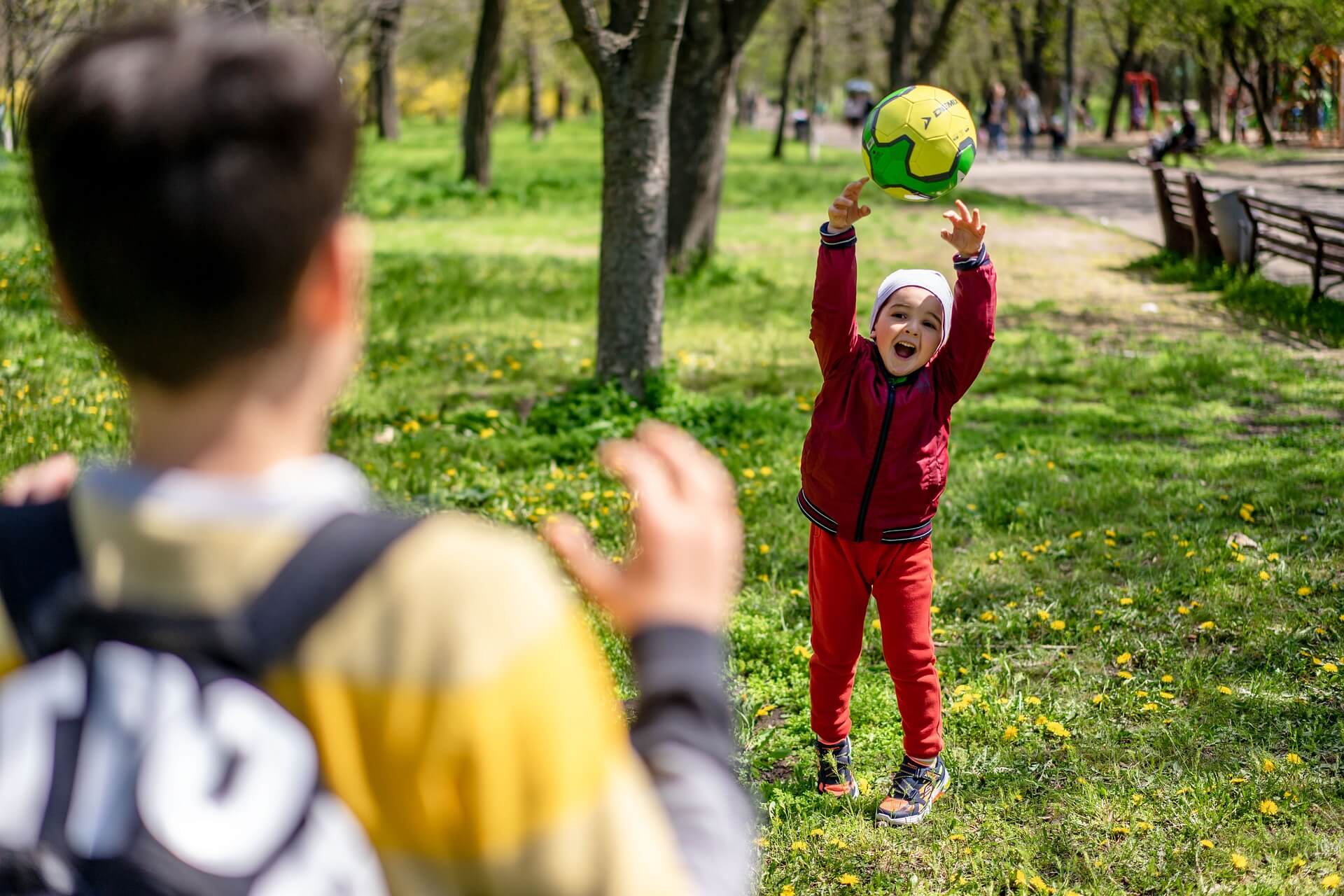We all know that technology now means our children spend less time taking part in physical activity and doing exercise. Many children seem to prefer to spend their free time on their mobile phones or playing video games which means they are sitting or lying down for long periods.
Exercise, however, is important for children and young people because it lays the foundations for good health in adulthood.
In this article we’re going to talk about the physical activity guidelines for children and young people according to the guidelines set out by the NHS for children and young adults between the ages of 5 to 18 years old.
What benefits do young children get from physical exercise?
Regular exercise improves muscle and bone strength. If children and young adults have muscle strength and good bone mineral density it will reduce the risk of injury while they are young and provide them with health benefits as they age.
A study carried out at the University of British Columbia has also discovered that regular aerobic exercise appears to increase the size of the hippocampus. This is the part of the brain that is responsible for memory and learning. So, aerobic exercise might improve a young person’s ability to study.
Physical activity is also tiring which means young people should be able to fall asleep easily. A good’s night’s sleep means young people feel refreshed in the morning and they are better able to cope with the demands of the day.
What type of exercise do young people need?
According to the National Health guidelines young people between the ages of 5 and 18 should cut down the amount of time they spend being inactive.
Instead, they should spend at least one hour a week doing aerobic exercise of moderate or vigorous intensity and incorporate activities throughout the week to help develop strong muscles and bones.
Examples of vigorous activity include:
- Aerobic gym classes
- Aerobic dancing
- Running
- Tennis, squash or padel
- Fast Skipping
- Swimming lengths
Moderate activity will raise your heart rate, but you should be able to talk while your exercising. Examples of moderate activity include:
- Walking
- Playing netball or rounders
- Dancing
- Skateboarding
- Skating
- Cycling
Activities that increase bone strength and muscle include:
- Football
- Gymnastics
- Judo or other martial arts
- Resistance exercises
- Athletics, particularly long jump or hurdles
- Press-ups, planks, squats
How much exercise should a young person get if they have a disability?
Young people with a disability should aim to do 20 minutes physical activity a day. This doesn’t have to be done in one 20-minute session. It can be broken up into smaller, manageable time periods. A typical activity could be movement to music, walking, playing catch with a ball, Young people who use a wheelchair can take up a team sport such as wheelchair basketball, rugby and tennis.
Disabled youngsters should also exercise to improve balance and strength such as swimming, sitting workouts using weights and swimming.
How can I encourage my children to do more exercise?
For young children exercise can be turned into family fun. Swimming, a bike ride, a nature trail are all things you can do as a family at the weekend. Encourage older children to join a club. If they love football, gymnastics or swimming find there’s a club close to home.
Teenagers can be more difficult to persuade. Giving them a job to do like cleaning the car mowing the lawn or taking the dog for a walk might be a possibility. If they’ll join in with a family activity you could try ten pin bowling, indoor skiing or a climbing wall.
Getting out and about in open air is good for parents too. A walk will relieve stress and during the day help with Vitamin D absorption. If your children see that you are active then they will learn that exercise can be rewarding and fun.




